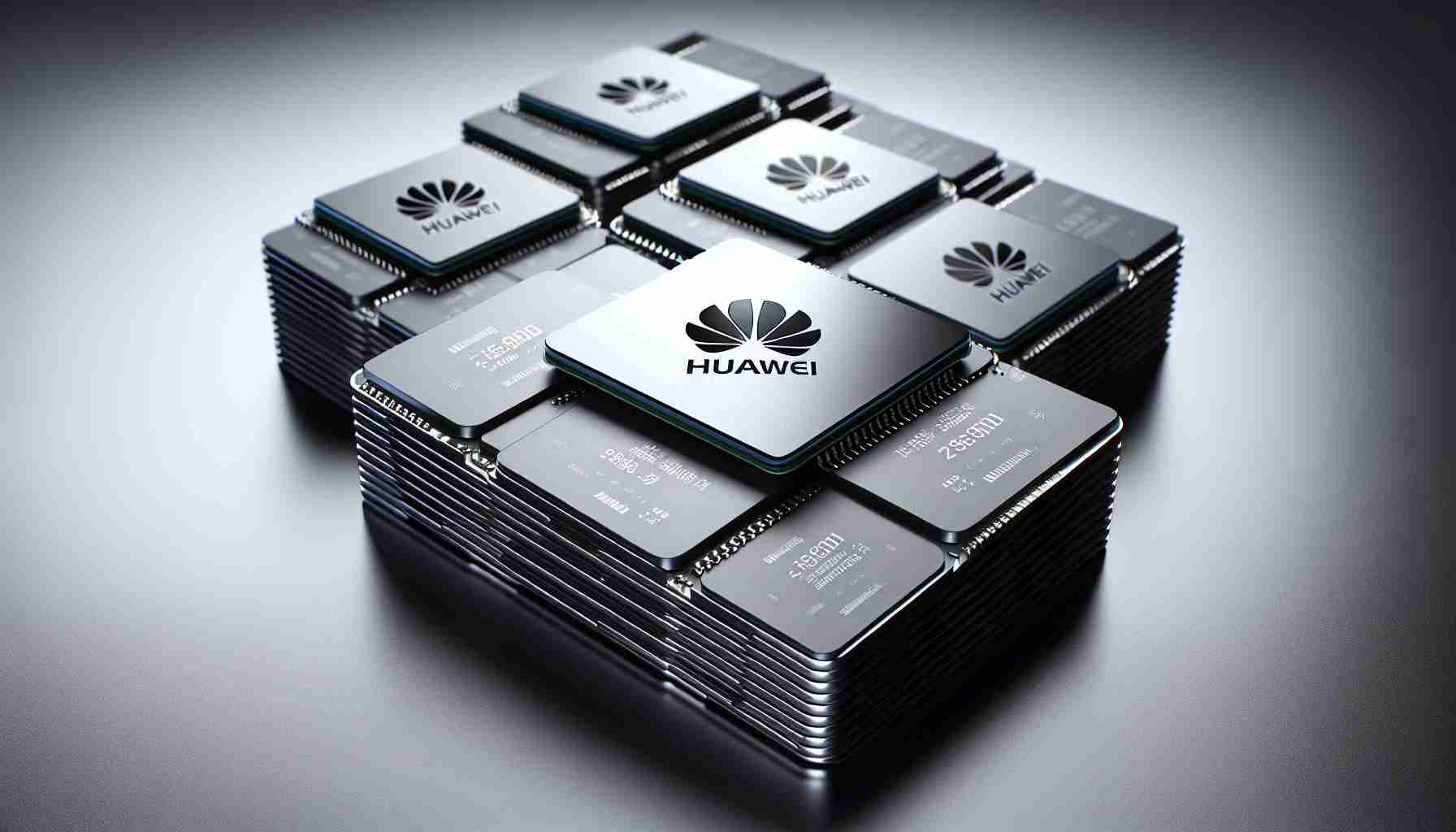While NVIDIA has long been considered a leader in AI technology, Huawei is emerging as a formidable competitor in the Chinese market. With its advancements in AI solutions and a focus on the semiconductor industry, Huawei’s Ascend chips are making significant strides.
Despite facing strict regulations, Huawei has managed to create its own Kirin 9000 SoC, a powerful chip that has set the tone for the firm’s direction in semiconductors. NVIDIA’s CEO, Jensen Huang, has acknowledged Huawei’s progress and admires their ability to build large systems by aggregating multiple chips together.
Huawei’s Ascend 910 chip, which is made on a 7nm process node, directly competes with NVIDIA’s A100 and A800 GPUs in China. While the Ascend chip falls slightly short in terms of performance metrics, it is still being used for low-inferencing tasks by Chinese firms. This indicates that NVIDIA’s dominance in the market is still relatively secure.
However, it is important to note that Huawei’s offerings are not on par with NVIDIA’s products. Acknowledging the challenge posed by Huawei, NVIDIA is reportedly developing two new AI chips specifically for the Chinese market. These chips are expected to target the low-to-mid AI performance segment, with the aim of competing directly with Huawei’s Ascend chips and potentially reclaiming some market share.
While the competition between NVIDIA and Huawei intensifies in China’s AI market, it remains to be seen how the battle for dominance will unfold. Both companies are making significant strides in AI technology, and the race to develop more powerful and efficient chips will ultimately benefit consumers and drive innovation in the industry.
As the AI landscape continues to evolve, it is clear that Huawei’s Ascend chips have shaken up NVIDIA’s market share in China, posing a challenge to the dominant player. However, with NVIDIA’s ongoing development of new AI chips and their established reputation in the industry, the competition in China’s AI market is far from over.
FAQ:
1. What is the main focus of Huawei in the Chinese market?
Huawei is focusing on advancements in AI solutions and the semiconductor industry.
2. What is Huawei’s Kirin 9000 SoC?
Huawei’s Kirin 9000 SoC is a powerful chip that the company has developed, showcasing their direction in semiconductors.
3. How does Huawei’s Ascend 910 chip compare to NVIDIA’s GPUs?
Huawei’s Ascend 910 chip, while slightly falling short in terms of performance metrics, is still being used for low-inferencing tasks by Chinese firms. NVIDIA’s dominance in the market is still relatively secure.
4. What is NVIDIA doing to compete with Huawei?
Acknowledging the challenge posed by Huawei, NVIDIA is reportedly developing two new AI chips specifically for the Chinese market. These chips aim to target the low-to-mid AI performance segment, directly competing with Huawei’s Ascend chips.
5. How do the advancements of NVIDIA and Huawei benefit consumers and the industry?
The competition between NVIDIA and Huawei in developing more powerful and efficient chips ultimately benefits consumers and drives innovation in the AI industry.
Definitions:
– AI: Artificial Intelligence
– SoC: System on a Chip, an integrated circuit that contains all the components of a computer or electronic system
– GPU: Graphics Processing Unit, a specialized electronic circuit designed to rapidly manipulate and alter memory to accelerate the creation of images in a frame buffer for output to a display
– 7nm process node: Refers to the manufacturing process of a semiconductor chip, where “7nm” represents the smallest feature size achievable
Suggested Related Links:
– NVIDIA
– Huawei
The source of the article is from the blog maestropasta.cz
